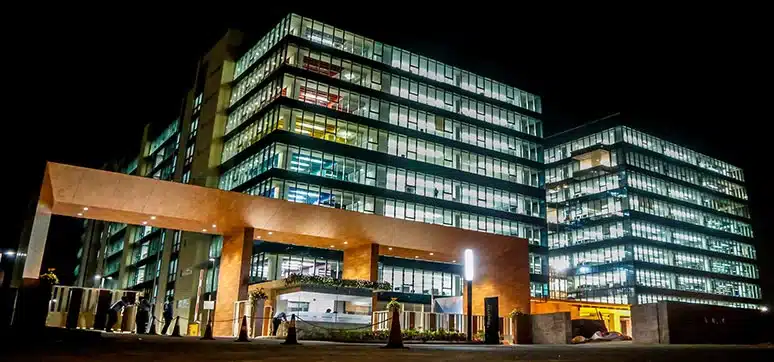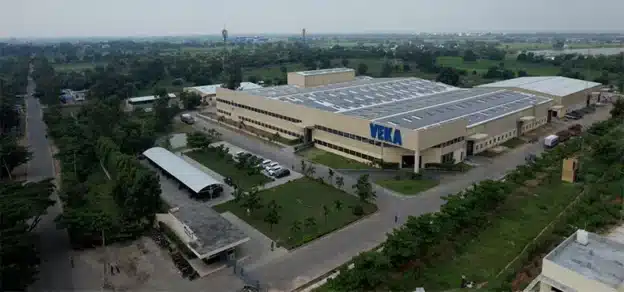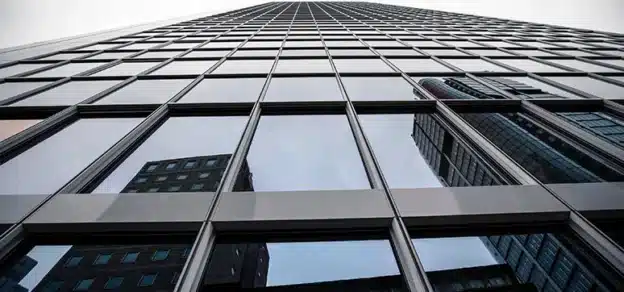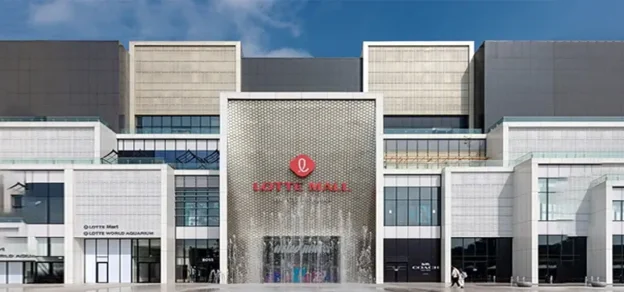The year 2020 challenged the ‘normal’ for every business. 2021 is the year where phrases like the ‘new normal’ and adapting to ‘work from home’ became buzzwords. Imagination, innovation and digital transformation changed the way we live and work forever. As we ushered 2021 with a pandemic-riddled economy, the real estate industry was quick to lay the groundwork for a quick turnaround, in the way it did business. As a result, the year proved to be better than expected with a new phase of growth, innovation, technology and investment trends.
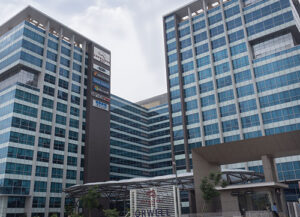
There are many façades of the real-estate industry. Industrial real estate has been one of the top-performing sectors of commercial real estate, for several years, based on demand and revenues. The pandemic accelerated the demand on the industrial front, particularly for warehouses, data centres, and distribution centres. This trend opened new pathways for the sector to grow in the coming years.
Interestingly, the past 20 months have seen drastic changes in the lifestyle decisions of consumers. The demand for additional space in the house was a much-needed trend in the era of physical distancing, work-from-home and home-schooling routines. The lockdown last year, made potential home buyers revisit the importance of owning a home and the demand witnessed by residential real-estate in 2020 has paved the way for the sector’s revival and rapid development. There was a spike in the demand for residential properties in tier 2, 3 cities as well. This upward indicator opened new doors of opportunities for tier 2, 3 cities to become the destination next to real estate. Furthermore, this has created a chance for real estate players to explore and offer great home experiences to this untapped consumer demand.
The sales volume for the residential sector from the period October 2020 to December 2020 increased two times to 61,593 units, compared to 33,403 in the previous quarter, signifying healthy recovery, despite the challenges faced by the industry. According to an industry report, homebuyers took advantage of incentives offered by developers and low mortgage rates leading to a spike in residential sales in seven cities in the country. Sales in the fourth quarter of 2021 recovered to >90% volumes recorded in 2020 across the top seven cities.
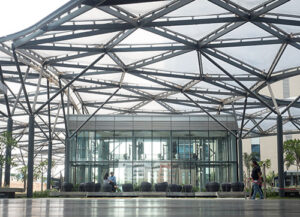
Looking at the commercial real-estate market – Co-working spaces, at present, constitute a minute portion of the overall real estate business. In 2022, there will be greater demand for flexible leasing arrangements. Apart from companies such as logistics, fin-tech, and BPOs, only a few industries will continue operating remotely. Today, with companies considering office re-opening in a phased manner, they are looking at staggered timings for their employees. The rise of co-working spaces is likely to raise property prices for projects around them.
The sector is also witnessing a digitisation wave on a large scale. With the changing paradigm, real-estate players were forced to switch gears to adapt to the new normal. From site visits online to online payment, developers are using innovative technological tools and practices across various stages of business operations. Virtual walkthroughs have been a gamechanger for the industry during the pandemic and will continue to be so, with players adding more layers to the entire marketing experience. Post-COVID era, technology has become an integral part of the real estate sector not only in sales and marketing but also in design and construction.
To sum up, the table given below captures the leading real-estate highlights of 2020 – 2021
Future Of The Real Estate Industry In 2022 -23

The real-estate sector’s contribution to the country’s GDP is set to go up to 10% by 2030, contributing about $1 trillion to the economy, according to an industry report. Let us look at some of the key trends which will shape the future of the real estate industry. Here are 3 key elemental trends that we foresee in the coming years.
Data centres-
Due to digitalisation in the aftermath of the Coronavirus epidemic, the demand for space to build data centres has increased. India’s transformation into a ‘digital economy, has also helped this trend. As a result, data centres are emerging as an alternative real-estate asset class with enormous potential, and top real estate developers are entering the segment in order to reap profit from early investments. The demand for data centres in India has increased due to rising demand from fintech, pharmaceutical, e-commerce, media, education, manufacturing, retail, and hospitality. Policy measures, growing customer base and increasing corporate data storage requirements are all driving India’s data centre growth.
Flexibility is the future of office space –

The pandemic re-shaped the office working models for not only employees but also for employers. Leading companies moved their offices to co-working locations, and continue to do so to optimise costs and achieve better employee engagement in current circumstances. Flexible working options have emerged as the workspaces of choice for all businesses and will only grow in the years to come. Companies are fragmenting their offices across ties 1 and tier 2 cities offering flexibility to employees. The coworking operators also will focus on large enterprises for retailing their desks as these enterprises are also looking
The rise of last-mile delivery Warehousing –

The pandemic accelerated the pace of the e-commerce industry to meet the consumers at home shopping needs. Swift fulfilment and timely distribution of orders became a must expectation of every online shopping experience. This has led to last-mile delivery with city-specific local warehousing touchpoints. In the years to come, last-mile delivery warehousing will become a common phenomenon with more and more players adopting it countrywide.
CONCLUSION
As aforementioned, the industry projections and trends suggest that the future of Indian real estate not only looks bright but is set to move up the ladder in the coming years. Several dynamics will continue to impact the multiple façades of the real estate industry, to name a few: prices, buyer behaviour, demographic shift, cost of raw materials in general. Therefore, it can be said that affordable, self-sustaining properties with a consumer experience-centric approach are the future of real estate for at least the next 5-7 years.
